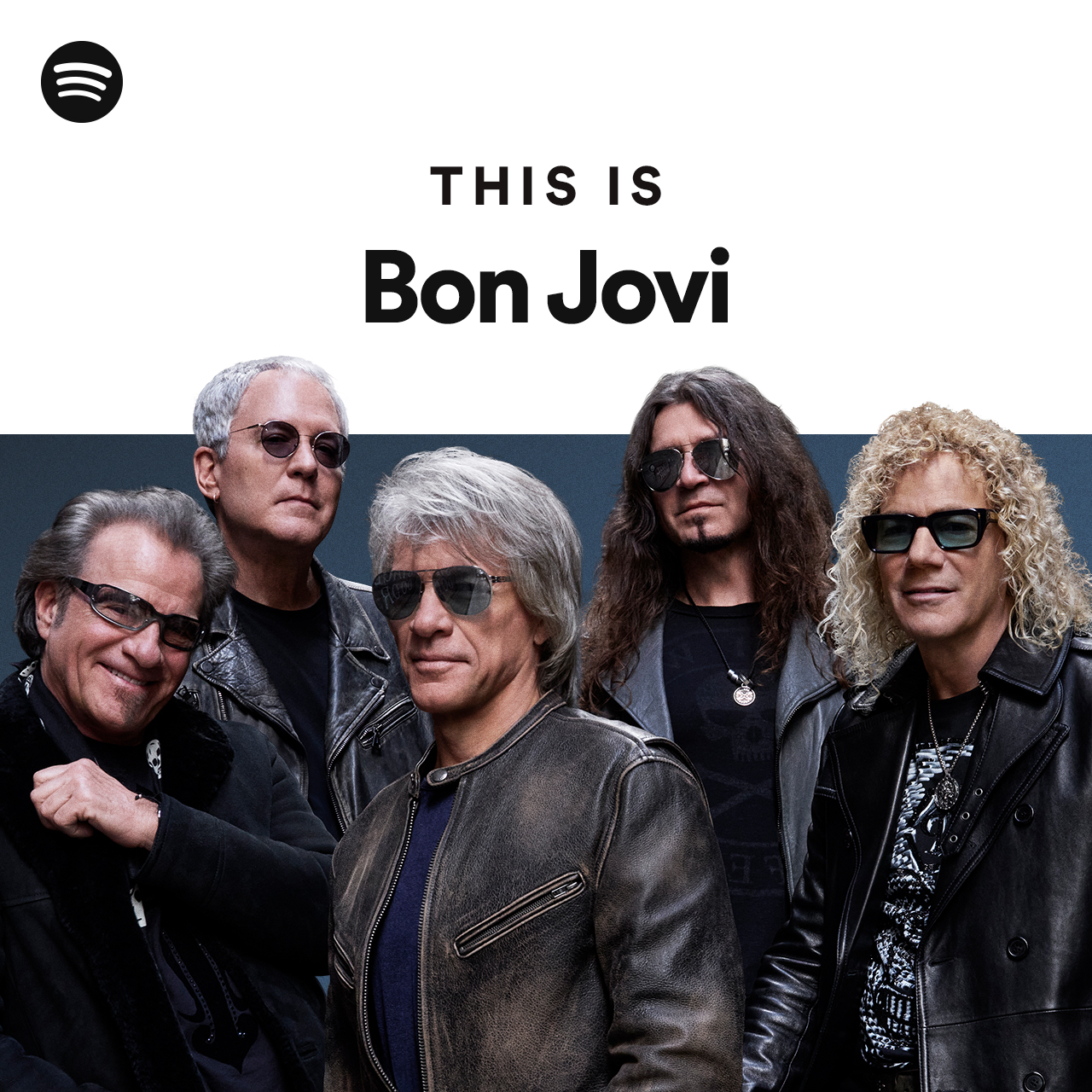 Ever wondered about the band that blended rap and rock flawlessly? Enter Limp Bizkit, a band that rocked the late 90s and early 2000s with their unique fusion of aggressive rock rhythms and hip-hop beats. Formed in Jacksonville, Florida, this band burst onto the scene with their debut album “Three Dollar Bill, Y’all$” in 1997.
Ever wondered about the band that blended rap and rock flawlessly? Enter Limp Bizkit, a band that rocked the late 90s and early 2000s with their unique fusion of aggressive rock rhythms and hip-hop beats. Formed in Jacksonville, Florida, this band burst onto the scene with their debut album “Three Dollar Bill, Y’all$” in 1997.
Led by charismatic frontman Fred Durst, Limp Bizkit gained rapid popularity for their high-energy performances and catchy hooks. Their breakthrough single “Nookie” became an anthem for a generation, showcasing their knack for combining angst-filled lyrics with heavy guitar riffs. The band’s sound was a revelation, appealing to both rock enthusiasts and hip-hop fans alike.
What set Limp Bizkit apart was their ability to connect with the frustrations and emotions of their audience. Songs like “Break Stuff” and “Rollin'” became rallying cries at concerts, where their intense live shows earned them a reputation as one of the most electrifying acts of their time.
Despite controversies and lineup changes over the years, Limp Bizkit continued to evolve their sound, experimenting with different genres while staying true to their roots. Albums like “Significant Other” and “Chocolate Starfish and the Hot Dog Flavored Water” solidified their status as pioneers of the nu-metal genre, influencing countless bands that followed.
Today, Limp Bizkit remains a nostalgic favorite for many, remembered not only for their music but also for their impact on pop culture. Their ability to fuse aggression with melody and their unapologetic approach to blending genres continue to resonate with fans old and new. Love them or hate them, there’s no denying the lasting impression Limp Bizkit has left on the music industry.
Reviving the Nu-Metal Era: Limp Bizkit’s Impact on Music Today
Remember the days when angsty guitars and rap-infused lyrics ruled the airwaves? That’s right – the Nu-Metal era of the late 90s and early 2000s left an indelible mark on music, and one band that epitomized this genre was Limp Bizkit. Known for their aggressive sound and rebellious attitude, Limp Bizkit burst onto the scene with hits like “Break Stuff” and “Nookie” that became anthems for a generation.
What made Limp Bizkit stand out wasn’t just their blend of rap and metal – it was their ability to capture the frustrations and raw energy of youth culture. Fred Durst’s distinctive vocals paired with Wes Borland’s eccentric guitar riffs created a sonic landscape that resonated with disenchanted teens everywhere. Their music was a soundtrack for rebellion, a defiant response to the mainstream.
Fast forward to today, and Limp Bizkit’s influence can still be felt in the music scene. While their heyday may have been in the late 90s, their impact on contemporary artists and genres is undeniable. Many bands and artists continue to draw inspiration from their fusion of aggressive guitar work and hip-hop beats. The spirit of Nu-Metal lives on in bands that push boundaries and defy genre conventions.
But it’s not just about the music. Limp Bizkit’s legacy extends beyond their songs. They represented a cultural moment – a time when music was bold, brash, and unapologetic. Their concerts were notorious for their energy and chaos, reflecting the raw emotion that their music evoked.
So, as we look back on the Nu-Metal era, Limp Bizkit remains a symbol of rebellion and self-expression. Their impact on music today reminds us that sometimes, the most powerful art comes from embracing the unconventional. Whether you love them or hate them, there’s no denying that Limp Bizkit left an enduring mark on the soundtrack of a generation.
Behind the Breakdown: Fred Durst’s Journey with Limp Bizkit
Fred Durst, synonymous with Limp Bizkit’s unique blend of rap, metal, and angst, emerged as a cultural icon in the late 90s. His journey began in Jacksonville, Florida, where he honed his skills not just as a vocalist but also as a visionary lyricist. Durst’s lyrics resonated with a generation grappling with identity and rebellion, making Limp Bizkit’s music an anthem for the disenchanted youth.
The band’s breakthrough came with their sophomore album, “Significant Other,” catapulting them to global fame. Durst’s raw, unapologetic style drew listeners in, blending rap verses with intense metal riffs that commanded attention. Songs like “Nookie” and “Break Stuff” became anthems of defiance, reflecting Durst’s ability to articulate the frustrations of a generation.
Beyond music, Fred Durst’s impact extended into pop culture. His collaborations with artists across genres showcased his versatility and willingness to push boundaries. From working with Method Man on “N 2 Gether Now” to teaming up with Christina Aguilera on “Lil’ Kim,” Durst consistently reinvented the band’s sound while staying true to their core ethos.

Today, Fred Durst’s journey continues to inspire. Whether you’re revisiting their iconic Woodstock ’99 performance or discovering their latest album, Durst’s impact on music remains undeniable. His evolution from underground sensation to mainstream success story is a testament to perseverance and passion in the face of adversity.
As we reflect on Fred Durst’s journey with Limp Bizkit, one thing is clear: his legacy transcends music. It’s a testament to the power of staying true to oneself, embracing creativity, and fearlessly chasing dreams. Fred Durst, the man behind the music, continues to remind us that sometimes, the most powerful statements are made through a microphone and a guitar riff.
Limp Bizkit’s Top 10 Most Iconic Songs and Their Stories
- “Break Stuff”: A cathartic anthem of frustration and release, “Break Stuff” encapsulates the band’s raw energy. It became a rallying cry for listeners grappling with everyday stressors, striking a chord with its powerful lyrics and relentless groove.
- “Rollin'”: With its infectious chorus and driving rhythm, “Rollin'” became a worldwide anthem. Inspired by the band’s love for live performances and the camaraderie of their fans, the song embodies the spirit of unity and resilience.
- “Nookie”: A candid exploration of relationships and desire, “Nookie” showcased Limp Bizkit’s ability to blend introspective lyrics with aggressive beats. Its success catapulted the band into the mainstream, defining their early sound.
- “My Way”: Assertive and unapologetic, “My Way” spoke to personal empowerment and overcoming obstacles. The song’s empowering message struck a chord with fans worldwide, solidifying its place as a fan favorite.
- “Behind Blue Eyes”: A poignant cover that showcased Fred Durst’s vocal range, “Behind Blue Eyes” offered a fresh perspective on The Who’s classic. Its haunting melody and emotional depth earned critical acclaim and resonated with listeners.
- “Take a Look Around”: Best known as the theme for the blockbuster film “Mission: Impossible 2,” this track combined adrenaline-pumping beats with memorable hooks. It remains a staple in the band’s live performances, igniting crowds with its infectious energy.
- “Hot Dog”: Fierce and unapologetic, “Hot Dog” pushed boundaries with its raw lyrics and aggressive sound. It became a symbol of rebellion and self-expression, embodying the band’s fearless approach to music.
- “Boiler”: A haunting ballad exploring themes of pain and redemption, “Boiler” showcased Limp Bizkit’s versatility. Its evocative lyrics and atmospheric melody captivated audiences, leaving a lasting impression.
- “Faith”: Their bold reimagining of George Michael’s hit, “Faith” infused the original with a fresh dose of rock and rap. It became a chart-topper and a testament to the band’s ability to reinvent classics with their signature style.
- “Eat You Alive”: Dark and provocative, “Eat You Alive” delved into obsession and longing. Its intense lyrics and brooding atmosphere highlighted the band’s evolution, pushing boundaries and challenging conventions.
Limp Bizkit’s discography is a testament to their evolution as artists and their impact on the music industry. Each song tells a story, capturing moments of angst, defiance, and triumph. As they continue to innovate and inspire, their legacy remains etched in the hearts of fans worldwide.
From Woodstock ’99 to Today: Limp Bizkit’s Legacy Examined
Limp Bizkit, the iconic rap-rock band that skyrocketed to fame in the late 90s, continues to resonate with audiences today, their legacy marked by both acclaim and controversy. Emerging during the nu-metal wave, they fused aggressive rap lyrics with heavy guitar riffs, creating a sound that defined an era. At Woodstock ’99, their performance became infamous, symbolizing both the pinnacle of their popularity and the chaos that ensued.
The band, led by frontman Fred Durst, became known for their energetic live shows and anthems like “Break Stuff” and “Nookie,” which captured the angst and rebellion of a generation. Their music struck a chord with listeners seeking an outlet for their frustrations, blending genres in a way that appealed to diverse audiences.
However, Limp Bizkit’s journey hasn’t been without controversy. Their performance at Woodstock ’99, marred by riots and allegations of inciting violence, sparked debate about the impact of their music on society. Despite this, their influence on popular culture remains undeniable, with their albums achieving commercial success and critical acclaim.
Today, Limp Bizkit’s legacy continues to evolve. Their music, once emblematic of the turn of the millennium, now serves as a nostalgic reminder of a turbulent yet culturally vibrant period. The band’s ability to reinvent themselves over the years has kept them relevant, attracting new fans while retaining their loyal following.
Limp Bizkit’s impact on music and culture from Woodstock ’99 to the present day is a testament to their enduring legacy. Whether celebrated for their innovation or criticized for their controversies, their contribution to the music industry remains significant, ensuring their place in rock history for years to come.
The Evolution of Limp Bizkit: Where Are They Now?
Their breakthrough came with the album “Significant Other” in 1999, featuring hits like “Nookie” and “Break Stuff,” catapulting them into mainstream success. The album’s raw energy and Durst’s rebellious persona resonated deeply, making them a cornerstone of the nu-metal movement.
Following up with “Chocolate Starfish and the Hot Dog Flavored Water” in 2000, Limp Bizkit solidified their status as global rock stars. Songs like “Rollin'” and “My Way” dominated airwaves, cementing their place in music history despite polarizing critical reception.
However, as the early 2000s progressed, internal tensions and changing musical landscapes challenged the band’s cohesion. The departure of key members and Durst’s foray into directing films strained their creative output. Despite these challenges, Limp Bizkit persisted, releasing albums sporadically and maintaining a dedicated fanbase worldwide.
Today, Limp Bizkit remains a cultural touchstone, revered for their contributions to rock and rap fusion. Fred Durst continues to navigate between music and directing, while the band occasionally reunites for tours and festival appearances, reminding audiences of their enduring impact on music and pop culture.
The evolution of Limp Bizkit is a testament to the resilience of artistic vision amidst changing times. Their legacy lives on through their music, which continues to inspire and provoke thought among fans old and new alike.
In the Studio with Limp Bizkit: Creating the Sound of a Generation
Imagine being in the midst of Fred Durst’s intense focus as he channels his lyrical prowess into each verse, his voice a blend of grit and emotion that cuts through the air like a knife. The lyrics themselves are a tapestry of personal experiences, social commentary, and unfiltered emotion, reflecting the band’s journey through fame, controversy, and everything in between.

Behind the drums, John Otto drives the rhythm with a precision that is both relentless and mesmerizing. The beats he crafts are the heartbeat of Limp Bizkit’s music, pounding with an urgency that demands attention and commands movement.
Sam Rivers on bass provides the backbone, anchoring the sound with a steady pulse that resonates deep within the listener’s soul. His basslines are a dance between power and subtlety, weaving seamlessly with Borland’s guitar to create a sonic tapestry that is as dynamic as it is compelling.
Together, in their studio sanctuary, Limp Bizkit conjures not just songs but anthems that define an era. Their music is a collision of genres and influences, a sonic kaleidoscope that refuses to be confined by labels or expectations. It’s a testament to their fearless approach to artistry and their unwavering commitment to pushing the envelope.
Frequently Asked Questions
What is the history behind Limp Bizkit’s name?
Limp Bizkit’s name originates from an incident at a concert where a band member’s pet bulldog, named Bizkit, injured its leg, causing it to limp. The band adopted ‘Limp Bizkit’ as their name to pay homage to the incident and create a memorable identity.
When was Limp Bizkit formed?
Limp Bizkit was formed in 1994.
What genre of music does Limp Bizkit play?
Limp Bizkit is known for playing a genre of music that blends elements of rock, rap, and metal, characterized by aggressive guitar riffs, hip-hop inspired rhythms, and powerful vocals.
What are some popular Limp Bizkit songs?
Explore popular songs by Limp Bizkit, including hits like ‘Break Stuff,’ ‘Rollin’ (Air Raid Vehicle),’ ‘My Way,’ ‘Nookie,’ and ‘Take a Look Around.’ These tracks showcase the band’s energetic blend of rap and metal influences.
Who are the members of Limp Bizkit?
Learn about the current members of Limp Bizkit, an American nu metal band known for their energetic performances and influential music. Discover the talented individuals who currently make up the band and contribute to their distinctive sound.








